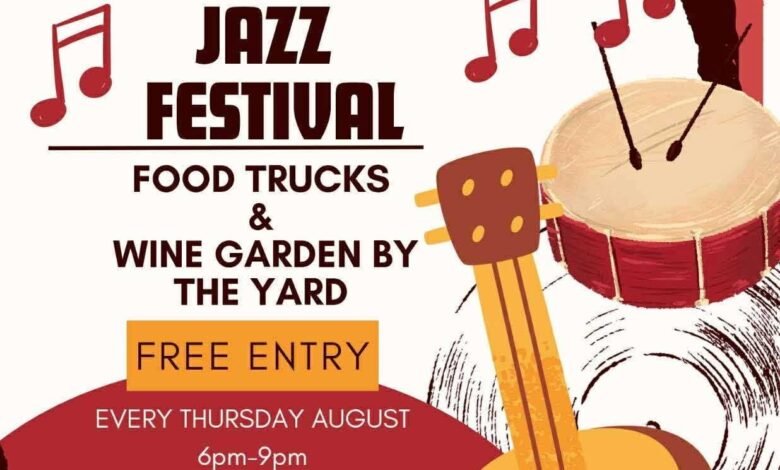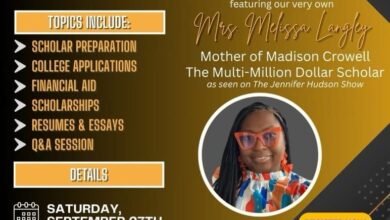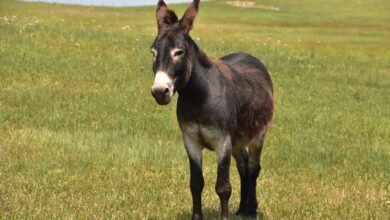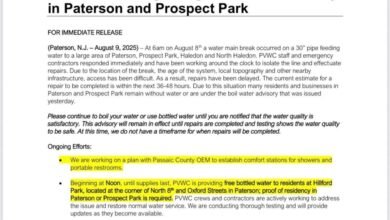
A Small Borough, a Big Sound: Why Haledon’s Jazz Nights Matter
On Thursday evenings this August, the lawn at 83 Roe Street turns into a front-porch jam session for the whole town. It’s the Haledon Jazz Festival—free, outdoors, family-friendly—hosted by Mayor Michael Johnson, First Lady Lakisha Johnson, and the Haledon Municipal Council. Bring a chair, grab a plate from the food trucks, and sip from the Wine Garden by The Yard, the neighborhood late-night spot anchoring the social side of the series. (The Yard is very much a real local hang; they run community events year-round. The Yard) The address on the flyer isn’t a mystery either: 83 Roe Street is the borough’s recreation site, the kind of place where Haledon gathers when it wants to feel like a village.
This festival also carries a quiet milestone. Michael Johnson—who became Haledon’s first Black mayor in 2023—put his name and the council’s weight behind a summer tradition that’s about more than music; it’s about belonging.
Haledon’s history hums under the melody
If you’ve ever stood on the Botto House porch—the American Labor Museum on Norwood Street—you know this little borough has always punched above its weight. In 1913, as Paterson’s silk strike raged, thousands of workers gathered there to hear speeches, plan, and imagine a more just city. That house, now a National Historic Landmark, still tells the story of immigrant labor and civic courage—the same civic muscle that brings neighbors to a field for jazz at dusk. journeythroughjersey.com
New Jersey is a jazz state—ask Newark, ask Red Bank
Drive 20 minutes southeast and you hit Newark, one of America’s great jazz capitals. The Institute of Jazz Studies at Rutgers–Newark—widely recognized as the world’s leading jazz archive—preserves and programs this legacy from the John Cotton Dana Library and fuels a living scene that spills into clubs and campus rooms. At NJPAC, the Sarah Vaughan International Jazz Vocal Competition (“The SASSY Awards”) keeps a Newark teenager’s Apollo dream alive by launching new voices every year.
That Newark lineage runs deep and Black: Sarah Vaughan—the Divine One—was born and raised there, and Wayne Shorter, also Newark-born, rewired the music with Blakey, Miles, and Weather Report. Red Bank gave us Count Basie, the big-band icon whose swing made the world want to dance. countbasie.rutgers.edu Down the Shore, Asbury Park’s Springwood Avenue—heart of the city’s historically Black West Side—once pulsed with club stages that drew Basie and a generation of working musicians. New Jersey Monthly
North Jersey’s modern classroom for the music
Just up the road in Wayne, William Paterson University has spent decades turning North Jersey into a training ground for serious jazz study and listening, from a renowned Jazz Studies program to its “Jazz Room” concert series and the Living Jazz Archives. It’s not hype—this campus is one of the pipelines where the national scene gets fed.
Why a festival like this matters—especially to Black North Jersey
For Black families who’ve kept the cultural fires burning in Passaic County—from church choirs to school bands to the auntie who knows every Basie record—free, local jazz is more than a diversion. It’s a welcoming front row for elders, kids, and working parents who don’t always have the time or money to chase tickets across the river. It’s also what community power looks like when it’s put to work: a Black mayor and his partners using public space to honor a tradition that helped build New Jersey’s identity, from Newark’s club blocks to Springwood Avenue’s nightspots. Insider NJ
If you go
- Where: 83 Roe St., Haledon (borough recreation grounds)
- Vibes: Lawn seating, food trucks, and a Wine Garden by The Yard—the local hang and kitchen.
- How to enjoy it: Bring a chair, bring the cousins, and bring that neighbor who swears they “don’t get jazz.” They will—somewhere between the second chorus and the sunset.
Small towns keep big traditions alive. In Haledon, the music isn’t just entertainment; it’s a through-line—from workers on a porch to a borough under the lights—of what we sound like when we show up for each other. And that’s worth celebrating every Thursday night.






